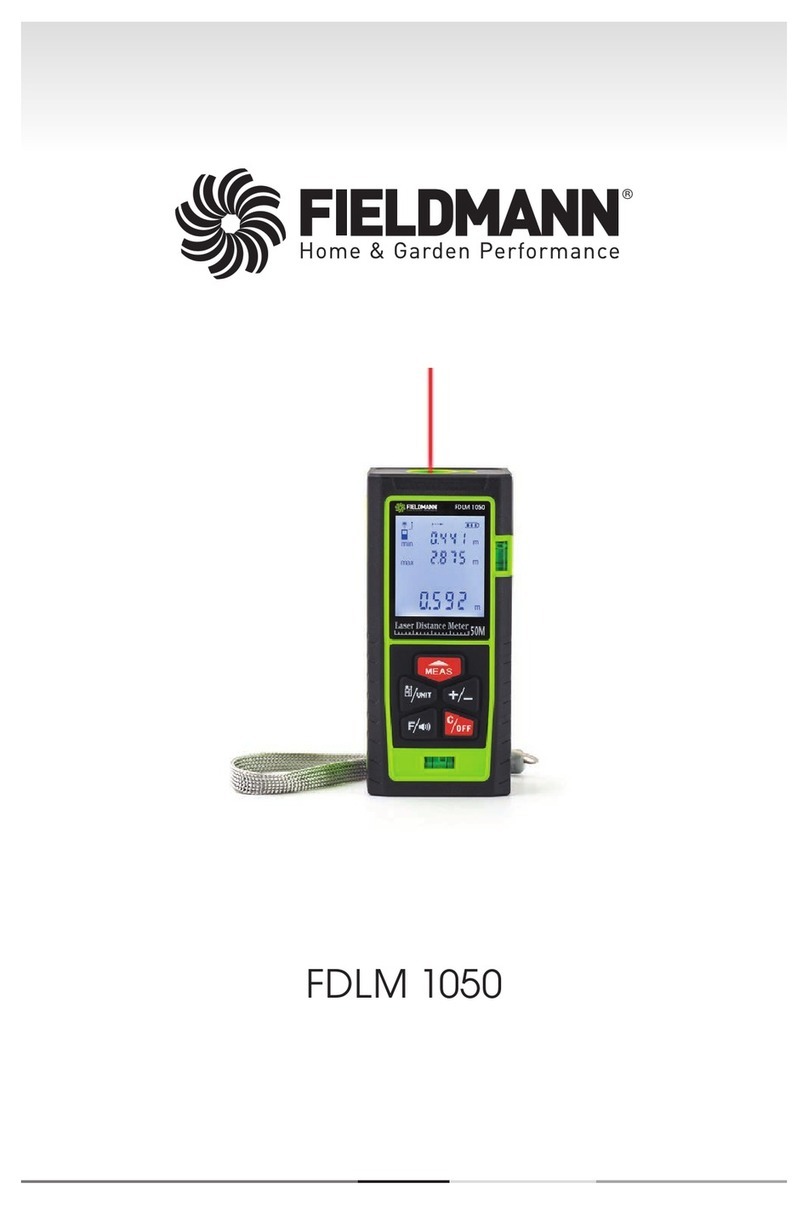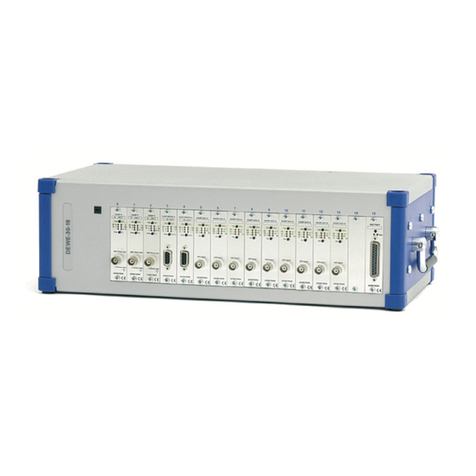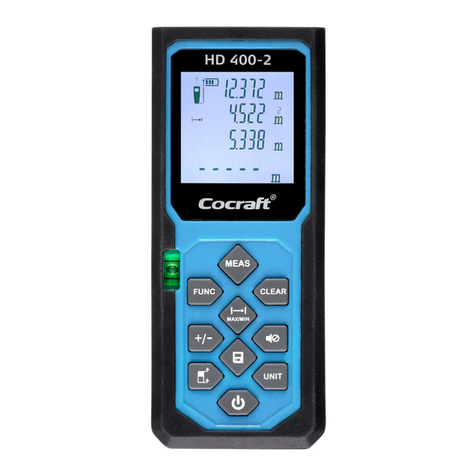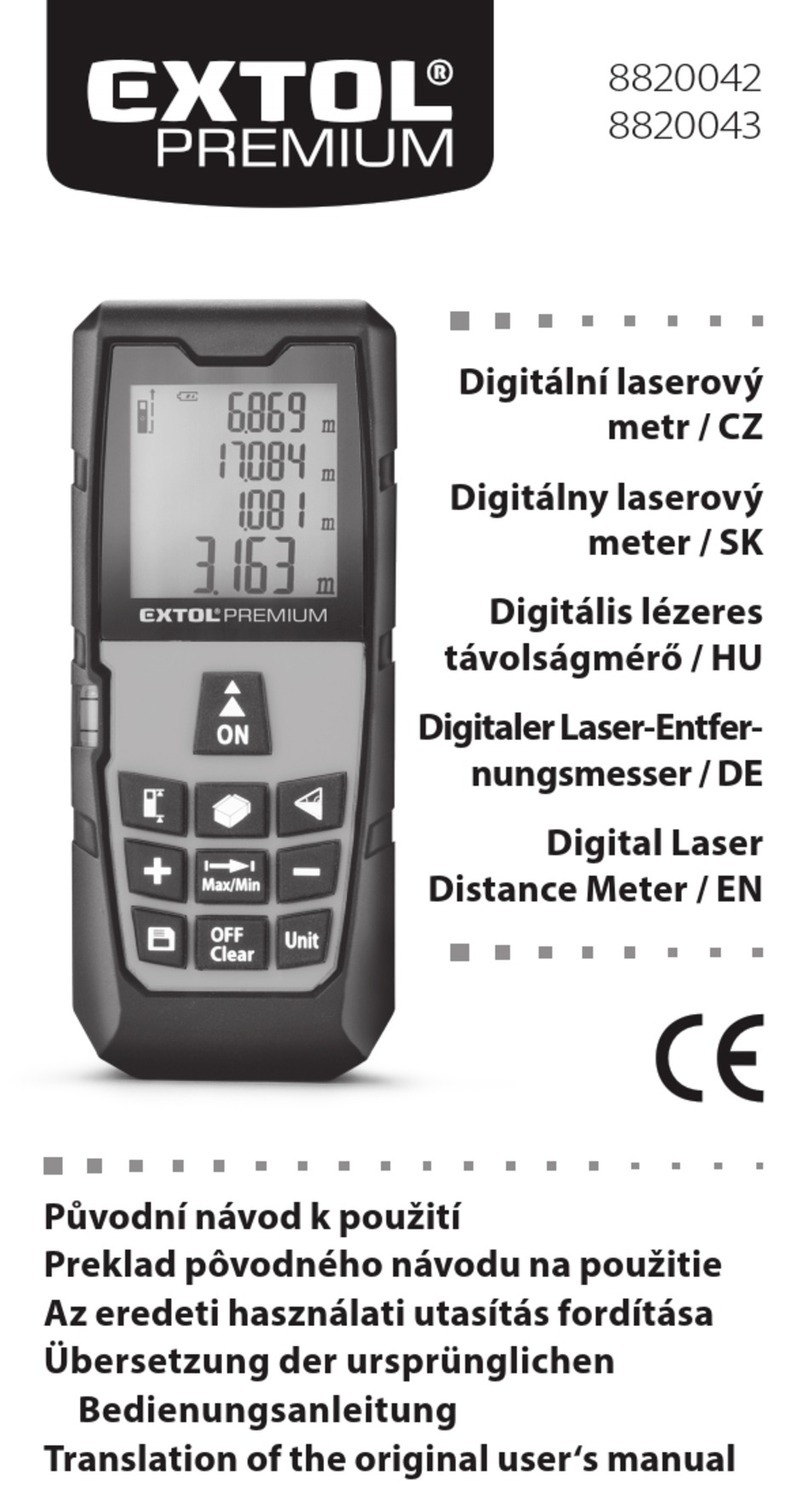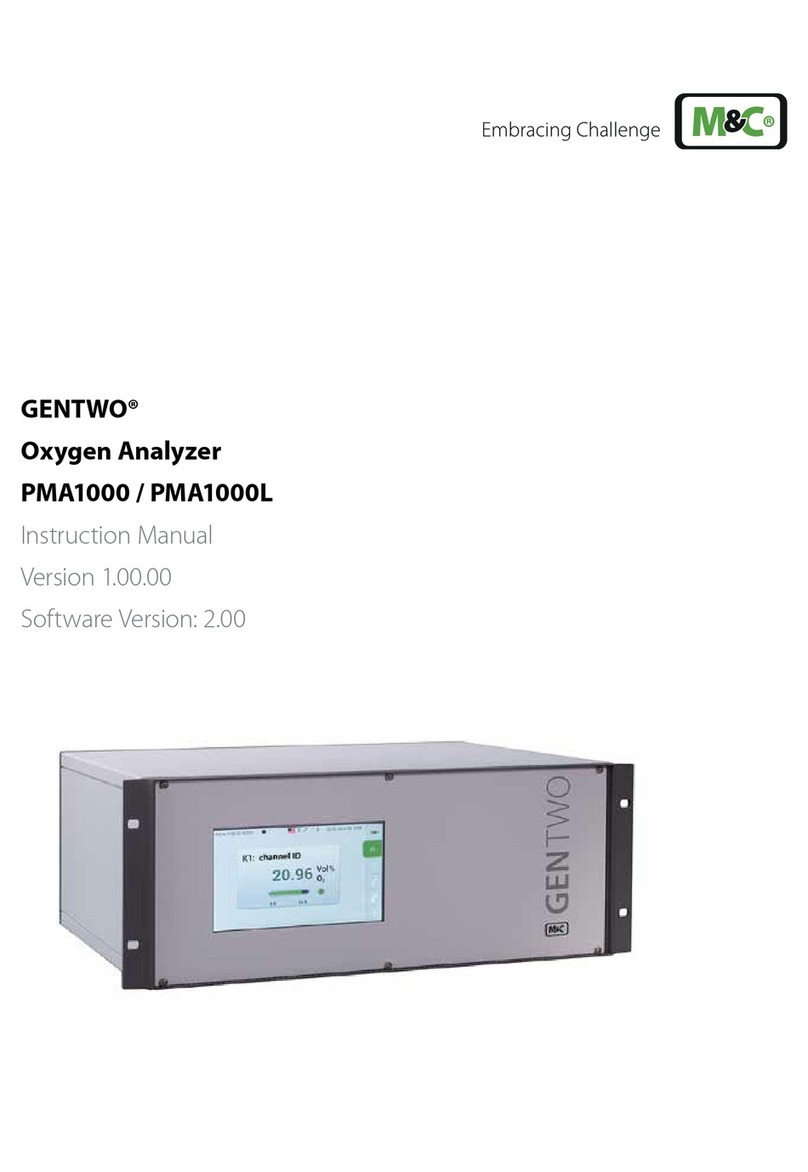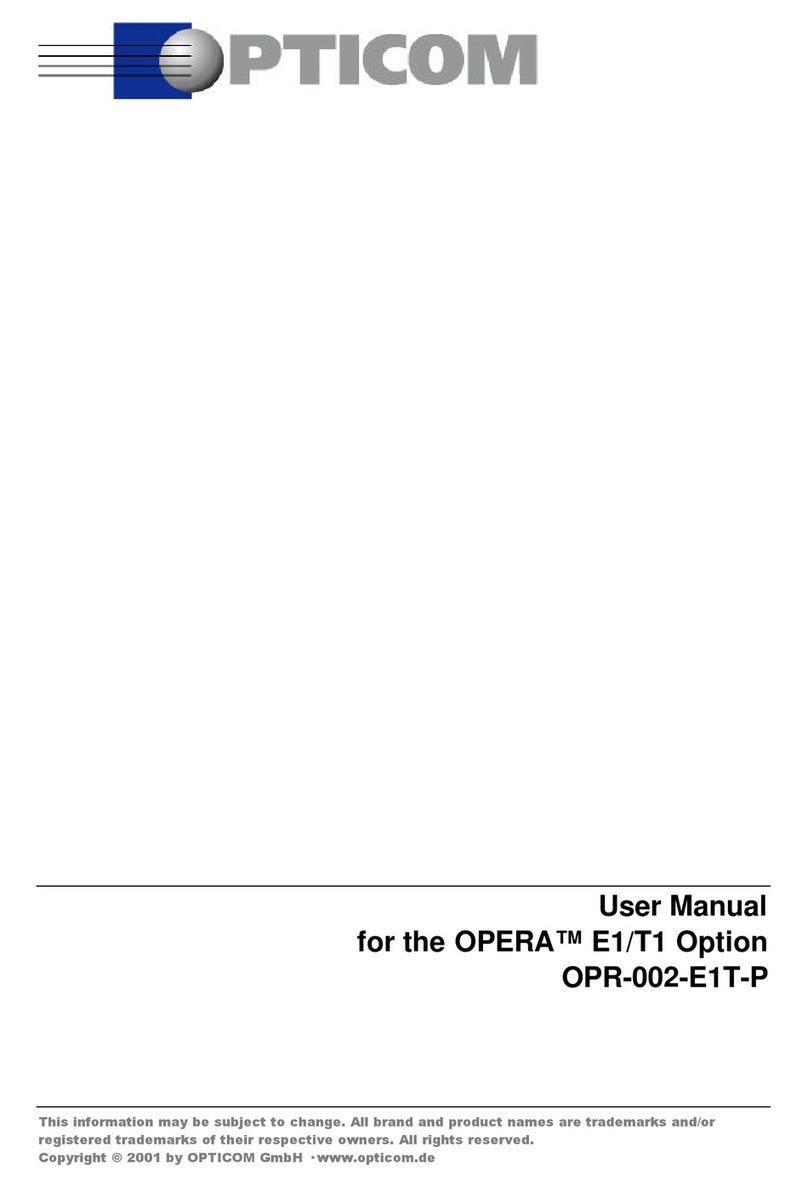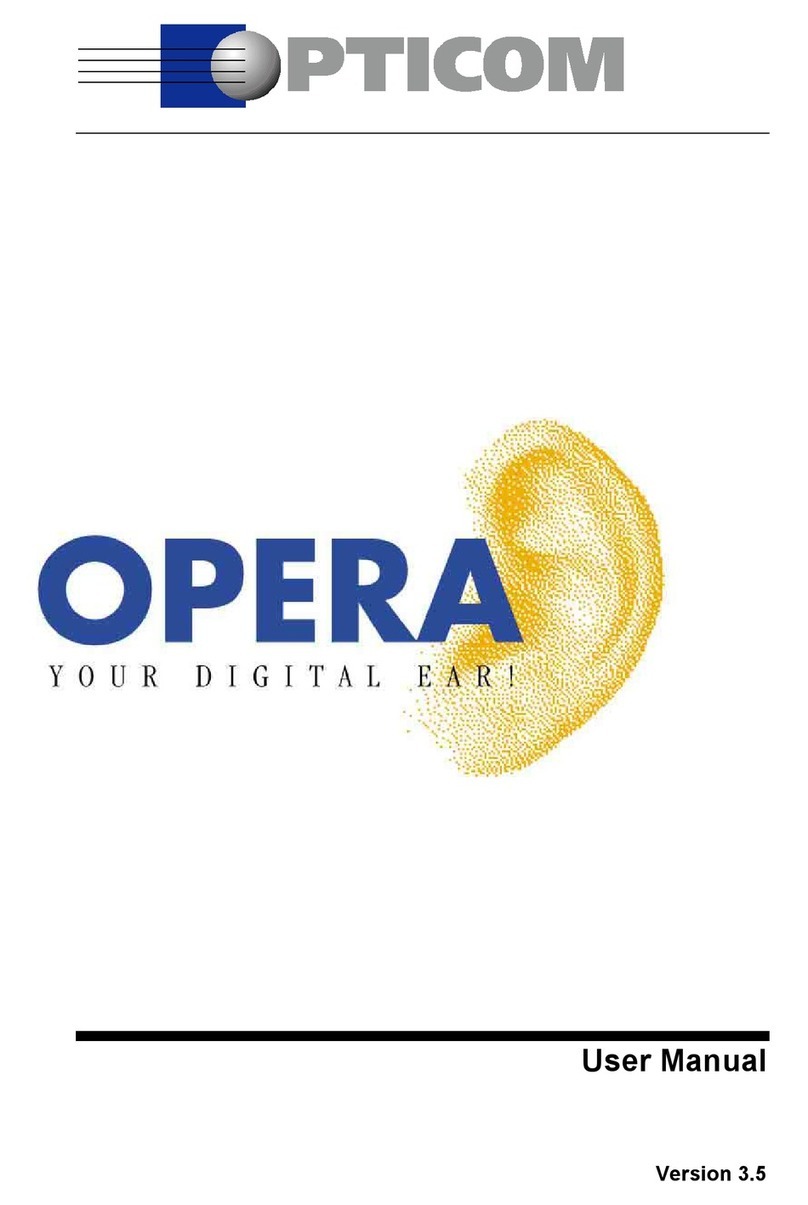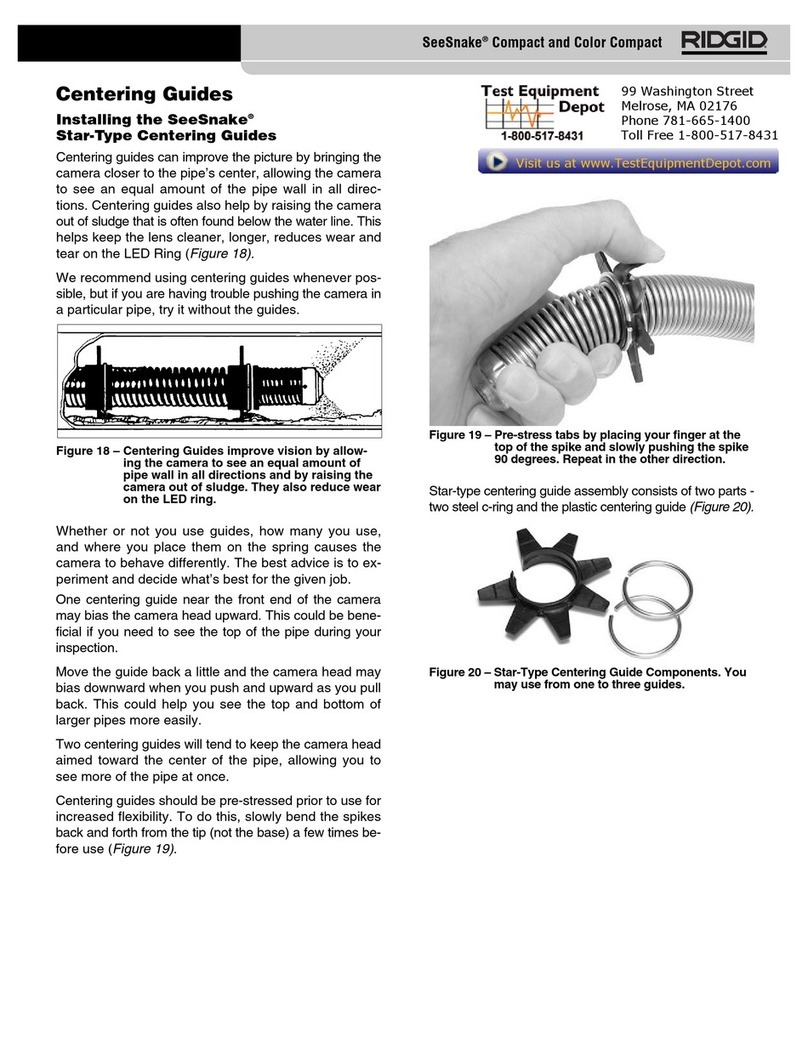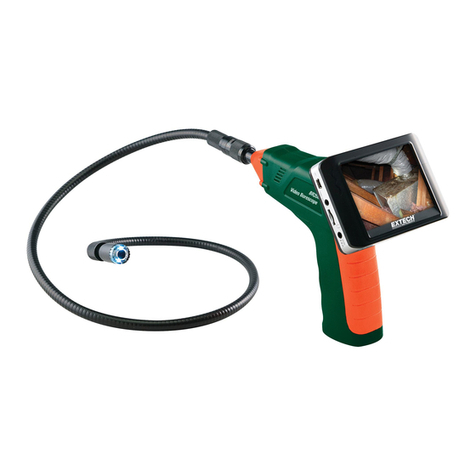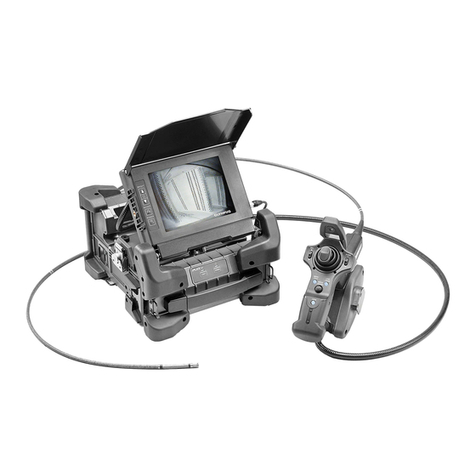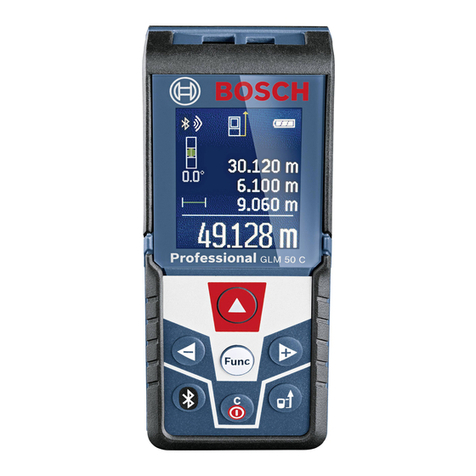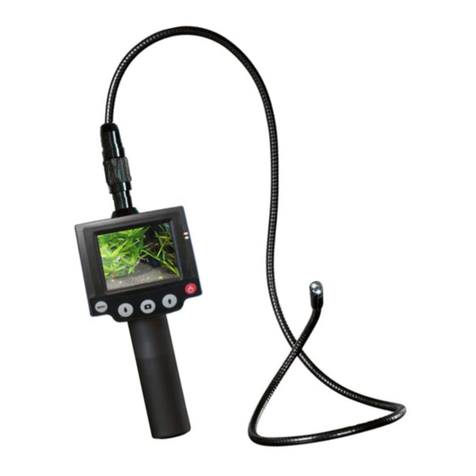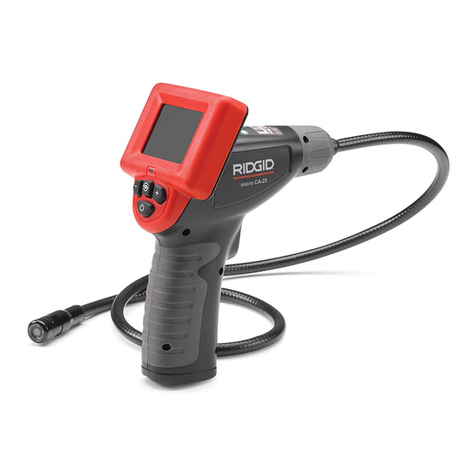TECHNICAL SPECIFICATION FOR THE OPERA™ OBJECTIVE PERCEPTUAL
ANALYZER
7
Includes PESQ conformance test samples,
Includes PSQM conformance test samples
Echo Algorithm
Description: Algorithm using real speech as stimulus for calculating
echo. Measures the Echo return Loss (ERL) in terms of
attenuation and delay values. Includes graphical
representation of the ERL vs. Delay.
Sample rates: 8 kHz and 16 kHz
Sound file formats: WAVE-files containing A-law, mu-law, linear PCM (8 or 16
bit)
Max. duration of measurement signals: As defined by WAVE-format
Gain Compensation: Maximum gain difference = ±60 dB
Maximum echo delay: 1000 ms
Frame size: 16 ms at 8 kHz
Averaging window size: 800 ms at 8 kHz
Automated operation: Supported
Available Measurement Results: Timesignal,
Echo Return Loss (ERL) vs. Delay,
Momentary attenuation of the highest echo peak (ERLmom),
Momentary delay of the highest echo peak (ERLmom
Delay),
Attenuation of the highest echo peak during the whole
measurement period (ERLpeak),
Delay of the highest echo peak during the whole
measurement period (ERLpeak Delay)
Additional Features: File-based measurements,
Printing and graph exporting functionality,
Includes official ITU voice samples for testing,
Includes PESQ conformance test samples,
Includes PSQM conformance test samples
PEAQ Algorithm
Description: Perceptual measurement of wide band audio according to
ITU-R rec. BS.1387. Includes the basic version of PEAQ,
defined for computational efficiency and the advanced
version yielding for highest possible accuracy. Detailed
analysis of test signals through BS.1387 model output
variables (MOVs).
Algorithm: Based on standard ITU-R rec. BS.1387
Sample rates: 48 kHz (according to recommendation ITU-R BS.1387),
44.1 kHz
